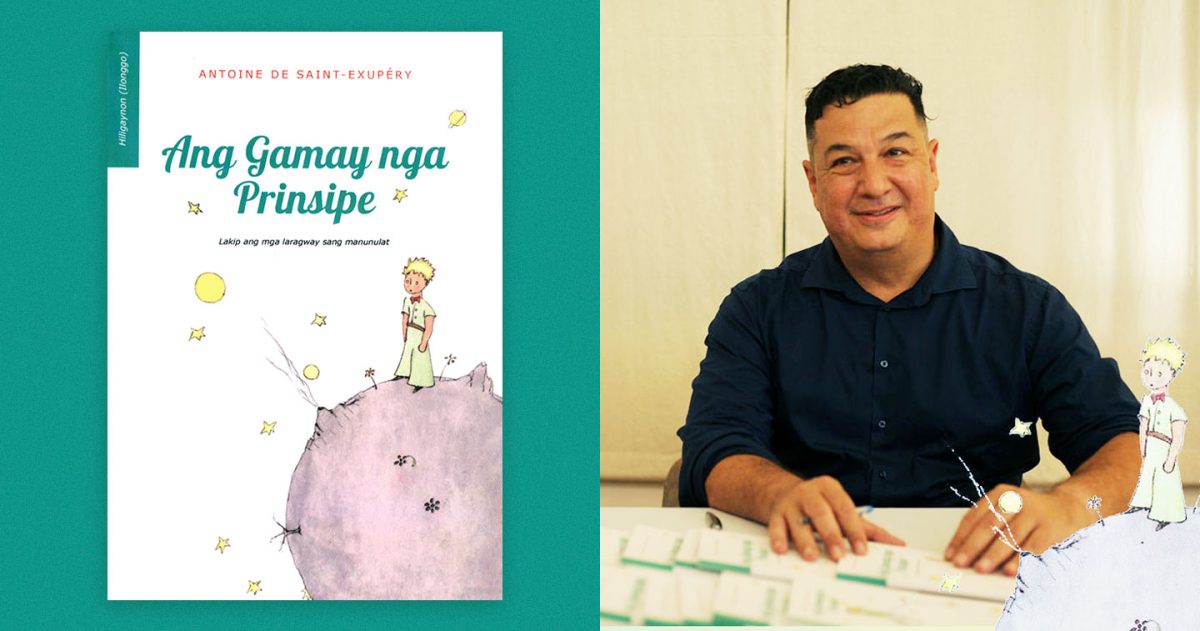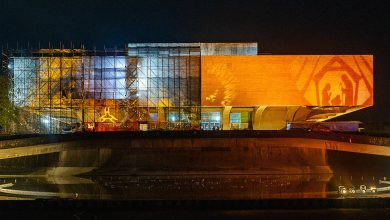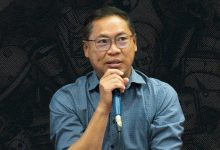BACOLOD, PHILIPPINES — The Little Prince, originally written in French and published in 1943, is a literary masterpiece that has captivated readers worldwide with its profound insights and whimsical storytelling. Now, thanks to the translation skills of Stephen Matti, the book has been beautifully rendered into Hiligaynon, delighting readers with a fresh interpretation.
The language, predominantly spoken in the Western Visayas region of the Philippines, has one of the largest native language-speaking populations in the country. With Stephen’s own take on the beloved classic, he sought to contribute to the continued appreciation of his mother tongue, as well as give Ilonggo readers access to The Little Prince in a way that resonated with their own linguistic backgrounds.
To explore his motivations, challenges, and triumphs throughout the translation process, adobo Magazine caught up with Stephen, who has gifted the Hiligaynon-speaking community a new doorway to imagination and wisdom through his adaptation of The Little Prince.
Can you tell us about your background and experience as a translator?
After being a flight attendant for 22 years, I took up translation as a hobby. Prior to my retirement, I would always read Teachings of the Buddha which was produced by Bukkyo Dendo Kyokai (BDK), a Japanese foundation that spread Buddhist thought. Teachings of the Buddha was easily found in most hotel rooms, and I would often find beautiful nuggets of conscious living from it. I really wished more Ilonggos would appreciate the teachings, and so I told myself it would be worthwhile to translate it into Hiligaynon. It was a tough translation, and it took me around four years of on-and-off work. When the pandemic struck, I decided to finish it and then publish it via Blurb.com.
What inspired you to translate The Little Prince into Hiligaynon?
By the tail end of the pandemic, I was looking for one more book to translate into Hiligaynon. After the Buddhist book, I translated Voltaire’s Candide. I enjoyed it tremendously and I was inspired to do one more. The Little Prince was perfect because the text was neither too long nor complicated, yet it spoke universal truths. I also liked the fact that it was another French work, just like Candide.
How did you take into consideration the cultural and linguistic nuances of the Ilonggo audience while translating the book?
That wasn’t my primary concern, but I definitely had it in mind. Foremost important was that I conveyed the spirit and meaning of the author in a voice closest to how it was written. In places where an appropriate Ilonggo expression or linguistic nuance was appropriate, I readily used it. That said, I found that translating Voltaire’s Candide, my previous translation, gave me more of an opportunity to use linguistic nuances. Candide could have been written by an Ilonggo.
How did you ensure that the translated text retained the essence and meaning of the original English text?
I relied on my understanding of the original English text and the spirit that it was written. I refrained from adding my “self” into the work. I kept on reminding myself that translators are just vehicles and not “interpreters” of meaning.
How do you think the translation of The Little Prince will contribute to the promotion of Hiligaynon language and culture?
When the book was presented to the public at the Negros Museum last February 24, I was totally in awe of the eagerness of the audience to welcome the book. Part of what I do is for Ilonggos to appreciate our language vis-a-vis other languages.
By translating these books, I hope that Ilonggos fully realize how rich our language is and that it conveys most concepts put down in words. I also hope that it contributes to more people working on translations so that there will be a wider, more intimate understanding of writings from our own linguistic sphere.








